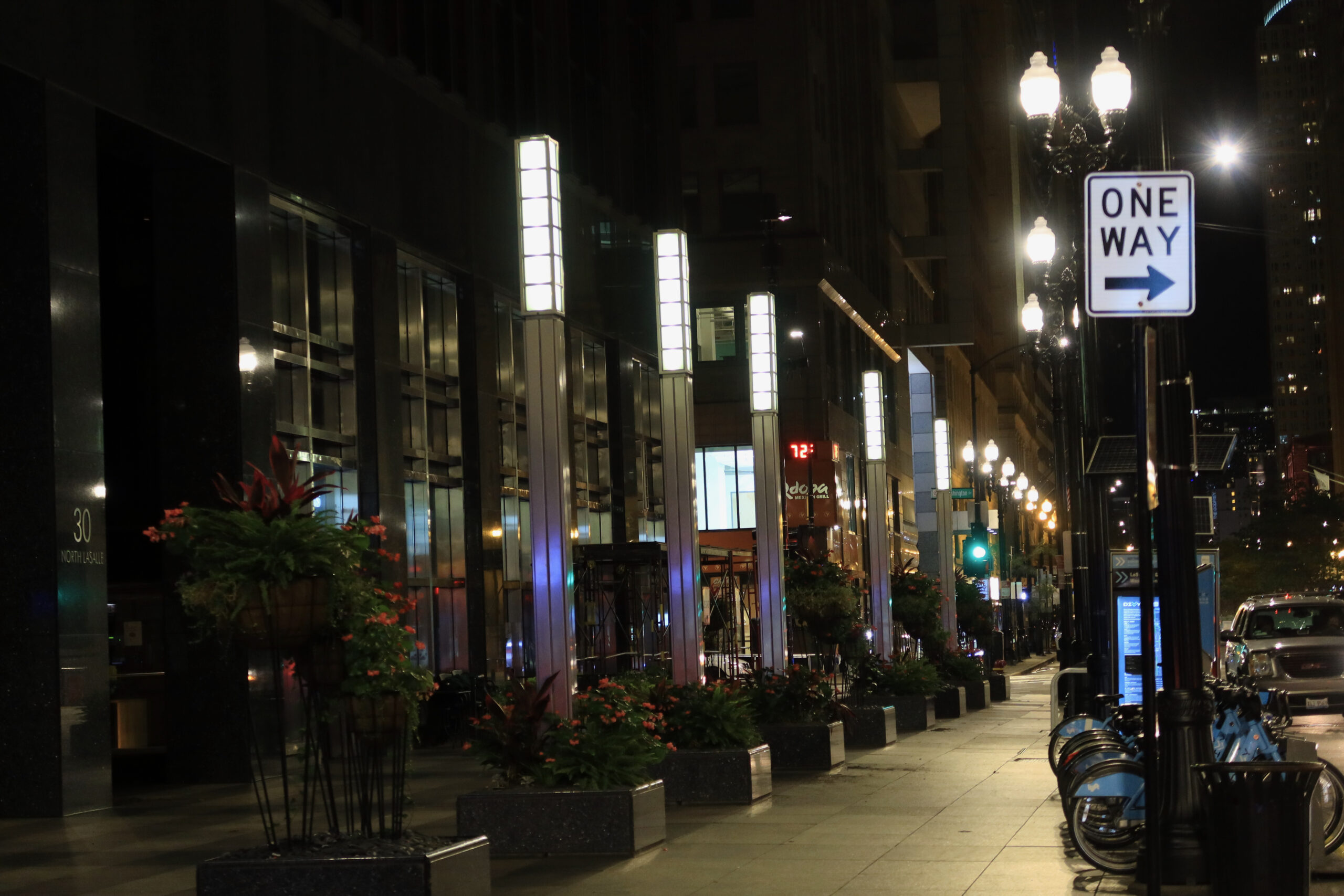We discussed the Meaning of Do here, and if you haven’t had a chance to read it yet, I highly encourage you to do so before continuing on. This is because the “Do” in “Dojang” is the same character, and it is critical to understanding “Do” first to truly appreciate the full phrase. In the West, “Dojang” is typically translated as “studio”, “practice area”, “training hall”, or “school”, but as you’ve may have guessed, it holds a much deeper meaning.
The Chinese characters for “Dojang” (in Korean), Dojo (in Japanese), or dàocháng (in Chinese), is 道場. As I stated earlier, 道 is “Do”, which roughly means, “the way”. 場 is made of two characters, 土 which means “dirt” or “earth”, and 昜 which means “sun” or “sunlight” (see the Meaning of Um and Yang here). The definition of 場 is “place”, “building”, or “area”. Taken at face value, “Dojang” basically means “the place where the way is”. That may not make much sense to many folk, especially those not immersed in martial arts culture, but the meaning goes deeper still.
The 日 in the 昜 character refers to a crystal ball that is placed on a stand to shine upon a particular area (again, refer to the Um and Yang article) in order to either calm or exorcise spirits. This area where such rituals are performed is referred to as 場, and is seen as a sacred place where sacrifices are made, ritual burials are performed, and where spirits and gods are welcomed.
So, what does this mean for our understanding of “Dojang”? When we enter the Dojang, we are seeking “the way” towards our goal, whether it be a healthier person, a certain rank, or some other personal motivation, but we must treat where we seek “the way” with utmost respect and a certain reverence. That doesn’t mean that the area you train must be spotless or perfectly organized; it is your mindset that must be pure, and your thoughts unclouded by distractions. There is a common custom to meditate prior to beginning class, and the reason is to clear one’s mind so that they can focus on the training. In this way, you can treat any place as your Dojang, as long as you have the right mindset. When you next step into the Dojang, don’t treat it as just another class; treat it as the most important and sacred hour (or two) of training you will ever have!
References
Ogawa, Nishida, Akatzuka et al. Shinjigen (新字源) 1967, 2018
Shiragawa, Shizuka Jitou (字統) 2017



